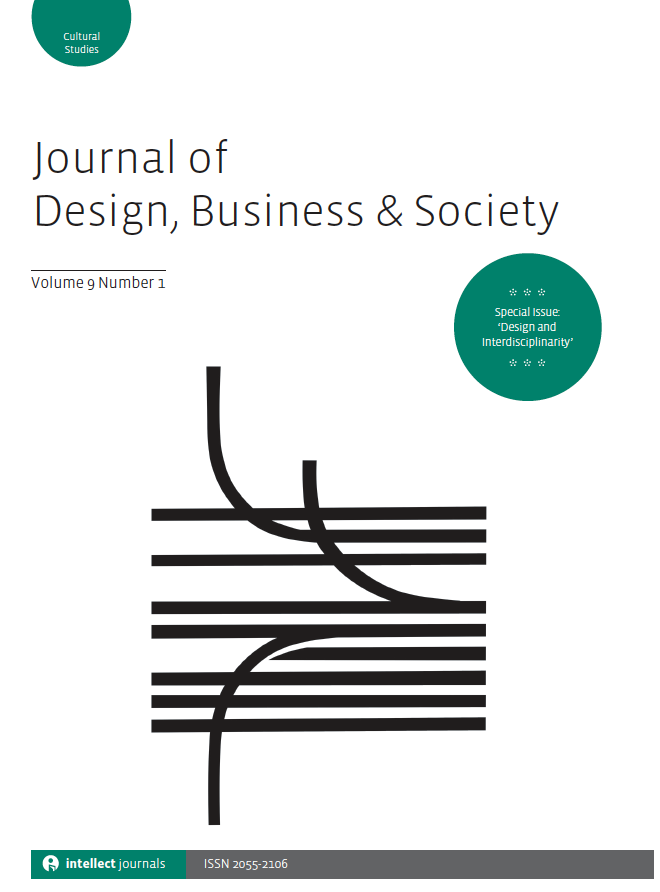
Full text loading...
 , Blair Kuys2
, Blair Kuys2 , Deirdre Barron3, T. W. Allan Whitfield3, Zainurul Abdul Rahman4
, Deirdre Barron3, T. W. Allan Whitfield3, Zainurul Abdul Rahman4
This study explores the role of typicality and novelty in influencing the aesthetic preference for industrial products. Typicality and novelty’s effects on the aesthetic responses of designed objects have gained interest in the field of experimental aesthetics over the past decades, with a wide support towards the ‘Most Advanced Yet Acceptable’ (MAYA) principle. What is yet to be discovered is how both typicality and novelty influence the aesthetic preference for industrial products such as industrial machineries. Three industrial product categories that vary in their degree of functionality and decorativeness were identified including highly functional and low-decorativeness products, equally functional and decorative products and low-functional and highly decorative products. Online evaluations using 7-point Likert scales were distributed to participants from Australia and the Republic of China. An empirically validated scale for aesthetic preference, ‘Pleasing to See’ was employed in the evaluation. The empirical results show that typicality and novelty affect and influence the aesthetic preference differently across the tested industrial product categories. Given the findings, a quantifiable evaluation method that can benefit the product design industry especially in testing design concepts of industrial products is proposed. It is intended that the evaluative measures could help minimize the risks related to production, leading to an increased and transformed value of industrial products’ marketability.

Article metrics loading...

Full text loading...
References


Data & Media loading...

Publication Date:
https://doi.org/10.1386/dbs_00034_1 Published content will be available immediately after check-out or when it is released in case of a pre-order. Please make sure to be logged in to see all available purchase options.